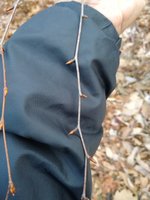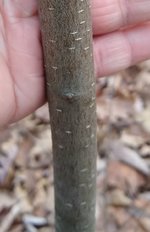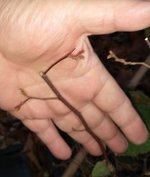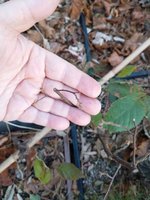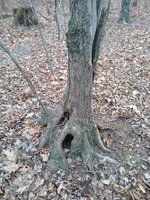Leo in N E Illinois
The Professor
- Messages
- 11,617
- Reaction score
- 24,282
- USDA Zone
- 5b
Sloe, or Sloe plum, Prunus spinosa was definitely introduced into North America by European colonization. If it appears on a range map, it is because it has become "naturalized", meaning the introduced plants are successfully reproducing in the wild, essentially it has become an invasive species.
Not all invasive species are created equal. Some do not crowd out or choke out native vegetation. In these cases they are not viewed as "bad". But some form monoculture blights on the land. I believe the sloe plum is better behaved than many invasives. Its been in North America since the early days of settlement, and it has not become common in my neck of the woods. So I assumed it was not common anywhere in particular, but it would make sense that in the eastern states it would be more common.
Not all invasive species are created equal. Some do not crowd out or choke out native vegetation. In these cases they are not viewed as "bad". But some form monoculture blights on the land. I believe the sloe plum is better behaved than many invasives. Its been in North America since the early days of settlement, and it has not become common in my neck of the woods. So I assumed it was not common anywhere in particular, but it would make sense that in the eastern states it would be more common.

